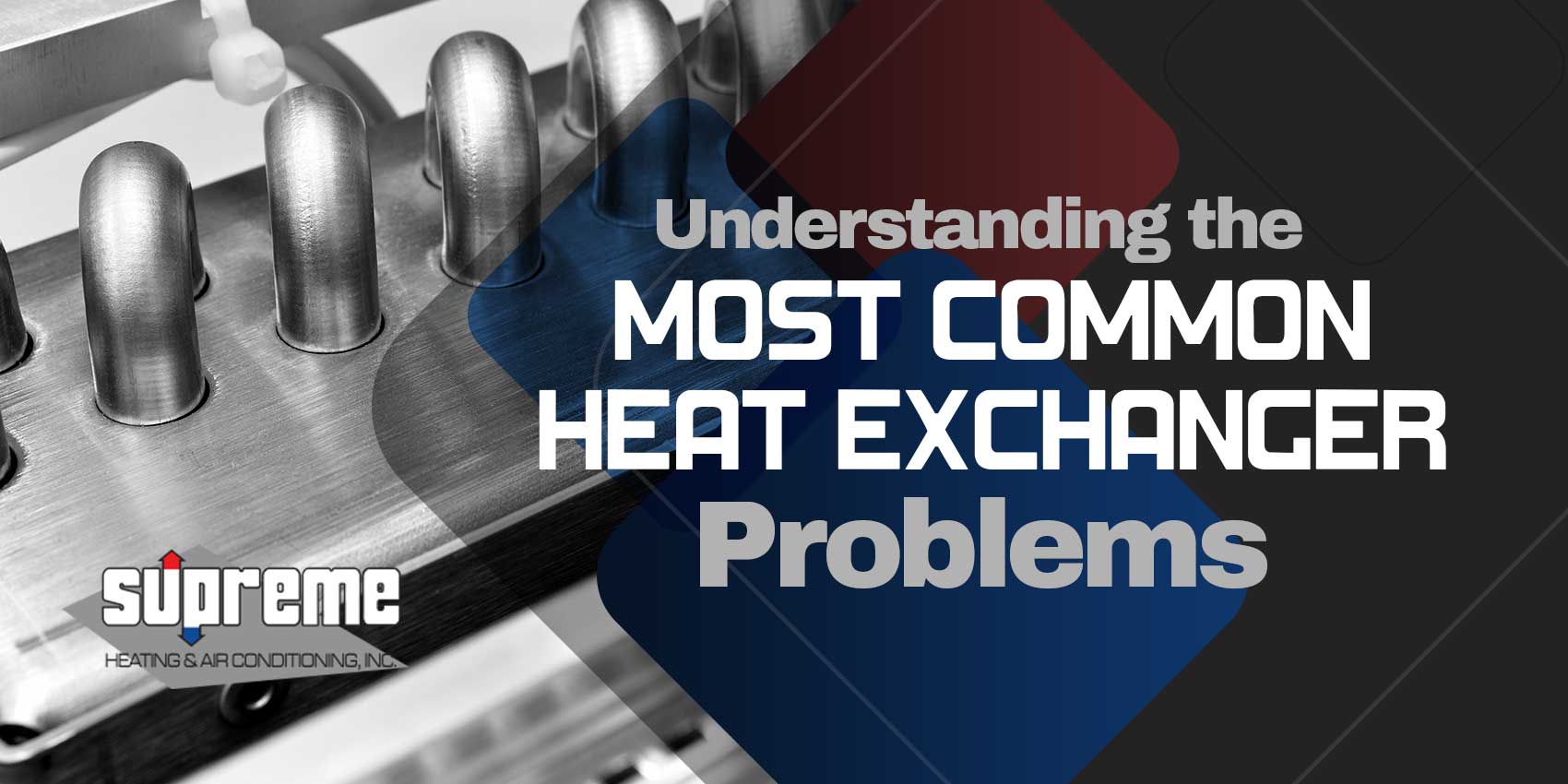Among the many components of a heating system, the heat exchanger is the most critical. Its failure can have a profound impact on your system and your comfort as well. Prevent emergency breakdown of your heating system by understanding the common reasons of heat exchanger failure. Continue reading this post to learn more!
- Rusting
Rusting on the heat exchanger is the result of corrosive condensation wherein moisture forms inside and out. If not given immediate attention, the rust will slowly ruin the metal. Rusting is common to high-efficiency furnaces or heaters with an AFUE rating of over 90 because of their built-in drainage system. Once the condensate lines are blocked, the flue gases will not be able to escape properly which causes the metal to rust from the inside.
- Cracking
Over time, the metal of the heat exchanger may crack. When it happens, the combustion gases will be released into the air stream which can pose a risk to your health. A cracked heat exchanger may serve as an entry point for carbon monoxide. Cracks in the metal are visible with the naked eye making them easy to spot. But if you are unsure if there are cracks in the heat exchanger, it is best to ask for a second opinion from the experts.
- Overloading
If the heat exchanger yields too much load, serious problems may arise. When there is a dramatically high volume of load running through the exchanger, your heating system may no longer work efficiently as it should. You may ask your HVAC contractor to upgrade the heat exchanger engineering to solve this issue. Other solutions may also be provided depending on the condition and requirements of your heating system.
- Chemically Induced Corrosion
Corrosion in the heat exchanger is caused by the complex interaction of chemicals between the fluids and other materials circulating in the exchanger. The corrosion may happen in the shell, over the tube, on the sheet and in other parts of the exchanger.
- Fouling
Heat exchangers usually experience fouling due to restricted flow of fluid and combined properties of hydrodynamic and thermal boundary layers. This condition affects the overall operational processes of your heating system. One of the most effective mitigation strategies for fouling is to optimize the heat exchanger designs.
Prevent these heat exchanger problems by identifying the cause. We at Supreme Heating & Air Conditioning, Inc. can help you deal with these problems. Call us today for reliable and honest HVAC services.



